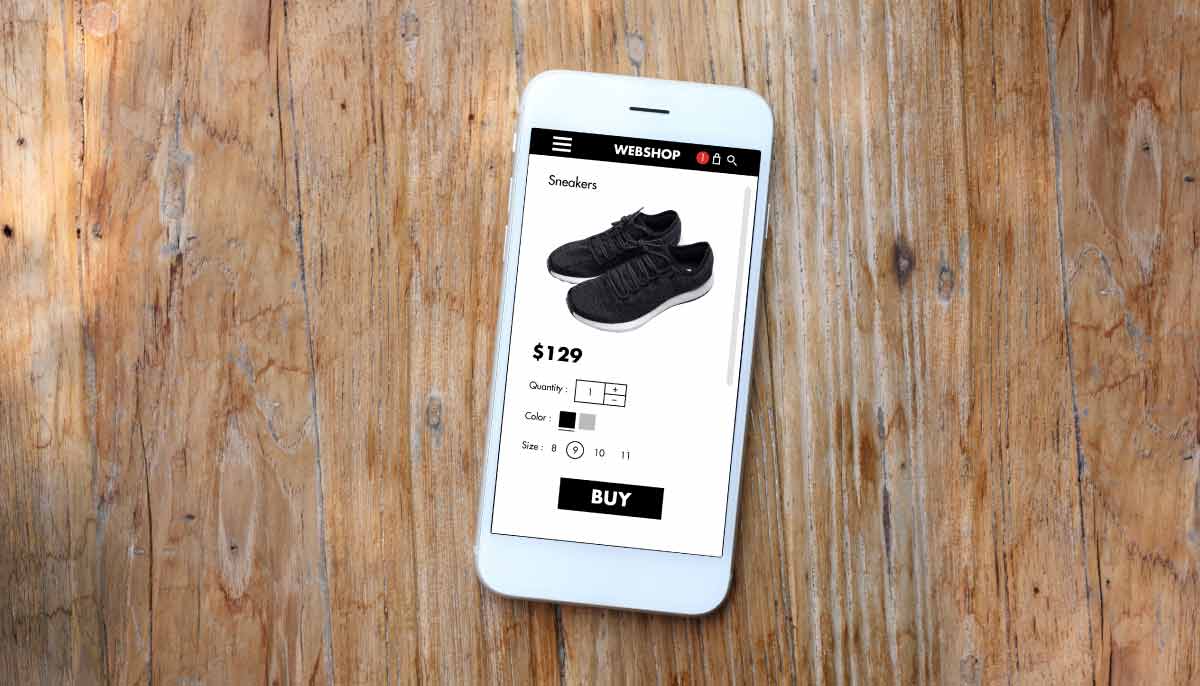
Sneakers and Sportswear, the New ‘Non-Luxury’ Luxury Apparel
The humble sneaker has long been a staple item in closets everywhere for consumers of all ages, and the appeal of sneakers and sportswear appears to be on the rise in recent times, particularly for the GenZ demographic. With the growing popularity of the ‘athleisure’ trend, brought on by a renewed focus on both comfort and style, sneakers and sportswear look set to dominate retail for years to come.
Sneakers and sportswear are now big business for brands. From luxury brands like Alexander McQueen, and Gucci focusing on sneaker apparel, to everyday stores like Walmart offering budget-friendly alternatives, there is an option for every income. Nike is a standout performer in the apparel market, with the highest brand value of any mass apparel brand approximated at roughly $110 billion. In 2020, the global sneaker market was valued at approximately $79 billion, predicted to hit $120 billion by 2026.
With a shift in the collective interpretation of sportswear – how can sneakers and sportswear retailers increase their market share and customer loyalty through eCommerce?
When is ‘Peak’ for sportswear and sneakers?
Peak times in the retail calendar are important for brands to remember and capitalize upon. When it comes to sneakers and sportswear, these peaks aren’t just relegated to sporting events. Due to their durability and long-lasting quality, sneakers are fast becoming the number one choice of apparel for festival goers. Sportswear brands are capitalizing on the synergy between music artists and sneaker lovers as a way of targeting their demographic. For example, with their recent collaboration, Adidas and Bad Bunny have used the popularity of the music and arts festival Coachella to capture their key audience and pre-launch their new range of sneakers.
Capturing consumer interest
Capitalizing on these events is critical to driving sales, but this alone cannot guarantee a return on customers. It is also vital for brands to look at other ways they can capture customer loyalty and retain it. Launching incentive and loyalty programs is an effective way of appealing to the customer and their interests. With sustainability issues increasingly informing many customers’ shopping decisions and habits, brands are taking this on board to appeal to their audience. Take the Swiss sportswear and sneakers brand On Running, for example. Last year they launched a subscription service for their fully recyclable Cyclon sneaker. This enables runners who sign up for the monthly subscription to receive replacement shoes when their existing pair wears out.
By employing other advantages too, like extending the number of days to return items, brands also demonstrate a level of flexibility that will guarantee return investment from the consumer. This then pays off in a major way, with a reported 64% of customers likely to repurchase if brands offer a ‘free return’.
Inventory management for sneakers and sportswear
Customer service and brand loyalty programs are important for generating sales. However, inventory levels and assessing the balance of supply and demand are crucial. A successful income stream requires careful attention to both these factors.
However, getting stock levels right means nothing without the right infrastructure in place. In a competitive market, it is vital that brands can deliver on time and safeguard their promise of exemplary customer service. A multi-node fulfillment strategy can be particularly impactful to this. Multi-node is a decentralized fulfillment process that utilizes multiple distribution points rather than operating out of a single warehouse. By teaming a multi-node fulfillment strategy with an effective Distributed Order Management (DOM) system, sneakers and sportswear brands can route stock to consumers quickly and efficiently. This is essential for bulk ordering around time-sensitive sporting events and guaranteeing successful order fulfillment.
An added extra to consider when looking at a fulfillment strategy is alternative fulfillment solutions. For example, pop-up distribution centers. These can be especially valuable when accommodating sudden spikes in demand during Super Bowl season or other mainstream sporting events. Low-cost, non-permanent infrastructures can also be rapidly implemented. This then enables brands to leverage existing and new storerooms and warehouse locations to fulfill online orders by adding cloud-based omni-channel solutions.
The popularity of sportswear and sneakers shows no signs of waning. A touchdown is guaranteed when brands employ the right strategy to create a strong customer experience that encourages long-term loyalty.


